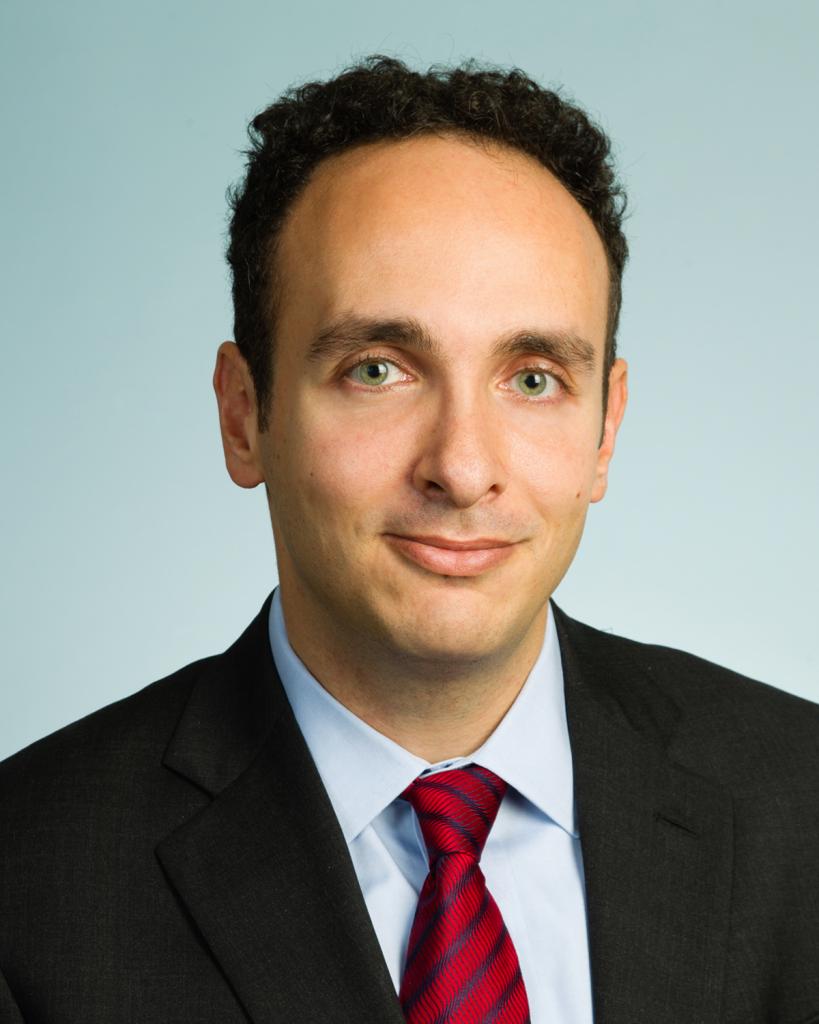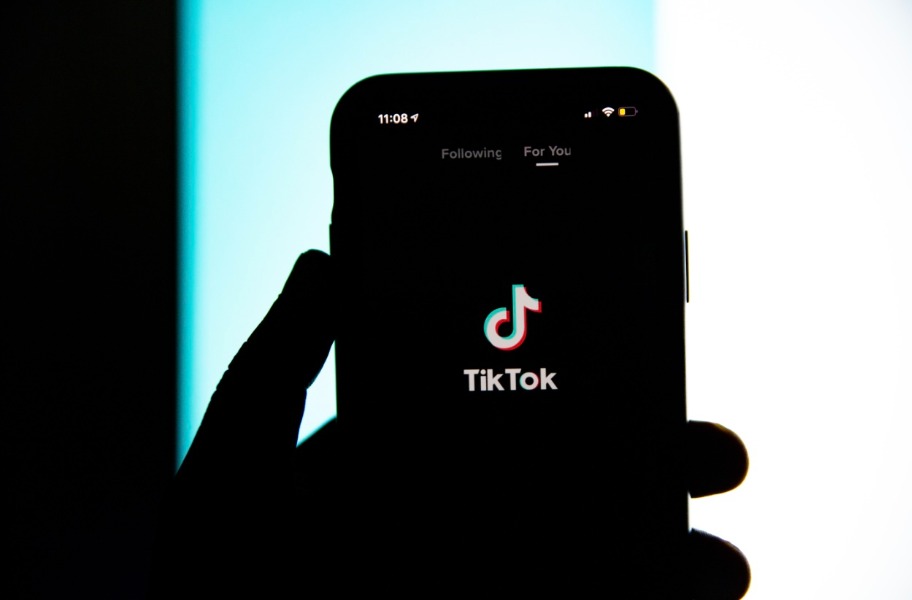In NetChoice Cases, SCOTUS Reaffirms Limits to Government Intervention With Online Speech

Published by The Lawfare Institute
in Cooperation With

Although the Supreme Court’s opinion in Moody v. NetChoice and NetChoice v. Paxton reserved final judgment on state laws that restrict online content moderation, the Court reaffirmed the hands-off approach that it has applied to online speech for nearly three decades.
Despite the “inescapable” nature of social media, as Justice Elena Kagan wrote for the majority, courts have a “necessary role” in safeguarding platforms’ free speech rights. “To the extent that social-media platforms create expressive products, they receive the First Amendment’s protection,” Kagan wrote.
At issue are laws passed by Texas and Florida that restrict the ability of large platforms to moderate content. The Texas law states that social media platforms “may not censor a user, a user’s expression, or a user’s ability to receive the expression of another person” based on their viewpoints or geographic location. The Florida law is somewhat more targeted, prohibiting platforms from “willfully deplatform[ing] a candidate for office,” shadowbanning posts about candidates, engaging in censorship of “journalistic enterprises,” and inconsistently enforcing its standards.
Technology trade group NetChoice filed lawsuits in each state, arguing that the laws are facially unconstitutional, rather than asserting that they are unconstitutional as applied only to certain services. The appellate courts were divided as to the constitutionality of the restrictions. The U.S. Court of Appeals for the Eleventh Circuit concluded that the Florida moderation restrictions were likely unconstitutional, with Judge Kevin Newsom writing that platforms’ “so-called ‘content-moderation’ decisions constitute protected exercises of editorial judgment.” But the Fifth Circuit upheld the Texas law, with Judge Andrew Oldham writing that “we reject the idea that corporations have a freewheeling First Amendment right to censor what people say.”
Justice Kagan declined to rule on the merits of the First Amendment claims, reasoning that the lower courts failed to consider the range of online services to which the moderation restrictions apply, a required step for facial challenges. The lower courts had focused on public-facing social media feeds, but at oral argument in February, justices also were interested in other applications, such as direct messages. “The online world is variegated and complex, encompassing an ever-growing number of apps, services, functionalities, and methods for communication and connection,” Kagan wrote. “Each might (or might not) have to change because of the provisions, as to either content moderation or individualized explanation, in Florida’s or Texas’s law.”
All nine justices agreed to send the case back to the circuit courts for more analysis, but Kagan’s majority opinion was joined fully by only four of her colleagues: Chief Justice John Roberts and Justices Sonia Sotomayor, Brett Kavanaugh, and Amy Coney Barrett. (Justice Ketanji Brown Jackson signed on to part of Kagan’s majority).
Although the Court sent the cases back for the Fifth and Eleventh Circuits to analyze the application to the various online services, Kagan firmly rejected some core underpinnings of Oldham’s analysis. “The Fifth Circuit was wrong in concluding that Texas’s restrictions on the platforms’ selection, ordering, and labeling of third-party posts do not interfere with expression,” Kagan wrote.
Justice Kagan, like Newsom, relied on pre-internet precedent for guidance as to the application to public social media. She pointed to Miami Herald Publishing v. Tornillo, a 1974 case in which the Court struck down a Florida law that required newspapers to publish responses from politicians who were criticized in the publications. Likewise, in a 1986 opinion, the Court struck down California utility regulators’ attempts to force a utility company to include a third party’s policy advocacy materials in bill mailings. And in 1995, the Court invalidated a state’s requirement that a private parade include marchers from a gay rights group.
Justice Kagan made clear that moderation decisions—including blocking comments or users—is expressive activity covered by the First Amendment. “Deciding on the third-party speech that will be included in or excluded from a compilation—and then organizing and presenting the included items—is expressive activity of its own,” she wrote. “And that activity results in a distinctive expressive product. When the government interferes with such editorial choices—say, by ordering the excluded to be included—it alters the content of the compilation.”
Although the Supreme Court did not definitively rule on the constitutional challenges, Justice Kagan wrote that the Texas law’s prohibition on viewpoint censorship is likely unconstitutional as applied to Facebook and YouTube feeds: “The government may not, in supposed pursuit of better expressive balance, alter a private speaker’s own editorial choices about the mix of speech it wants to convey.”
This was not the first time that the Supreme Court has been asked to provide more limited First Amendment protections to the internet. In a 1997 case, Reno v. ACLU, the Court unanimously struck down the Communications Decency Act, which Congress passed at the nascency of the commercial internet. In an effort to justify the law’s criminalization of online indecency, the federal government argued that the internet should receive the less robust First Amendment protections that are afforded to broadcasters. But the Court rejected that approach, with Justice John Paul Stevens writing that “the growth of the Internet has been and continues to be phenomenal” and “governmental regulation of the content of speech is more likely to interfere with the free exchange of ideas than to encourage it.”
The scope, size, and importance of the internet has changed immensely since 1997, and these cases were the first real opportunity for the Supreme Court to revisit its decision to provide the full range of First Amendment protections to the internet—an opportunity that the Court largely sidestepped until now.
Rather than rejecting or limiting the Reno precedent, Justice Kagan quoted it in the first paragraph of her opinion. She acknowledged both the growth of the internet and the differences between older media and online platforms, but reiterated the need for the First Amendment principles to remain consistent. “Traditional publishers and editors also select and shape other parties’ expression into their own curated speech products,” Kagan wrote. “And we have repeatedly held that laws curtailing their editorial choices must meet the First Amendment’s requirements. The principle does not change because the curated compilation has gone from the physical to the virtual world.”
This is not the end of the story for the Texas and Florida laws. Because NetChoice facially challenged the statutes, the lower courts must examine the many ways that the laws could apply and balance the speech burdens against the “plainly legitimate sweep” of the laws. Depending on the courts’ conclusions regarding direct messages and other services outside of traditional social media, the courts may very well affirm their earlier rulings (potentially setting up a second round before the Supreme Court).
In a concurrence, Justice Samuel Alito, joined by Justices Clarence Thomas and Neil Gorsuch, called Justice Kagan’s broader statements about First Amendment precedents “nonbinding dicta,” as they were unnecessary for sending the cases back for a facial analysis. And he has good reason to argue as such: For supporters of state laws that restrict content moderation, Kagan’s broader statements about the First Amendment create a massive roadblock for future efforts. Even if the Texas and Florida laws evade NetChoice’s facial challenge, Kagan’s pronouncements about the First Amendment would make it incredibly difficult to impose such restrictions on many online services, such as social media.
And dismissing Justice Kagan’s First Amendment as dicta is perhaps a bit too optimistic. Five Supreme Court justices signed on to the view that social media platforms receive the same First Amendment protections as offline media. Supporters of the Texas and Florida laws have valid concerns about the potential for large companies to have outsized influence over online speech, but Kagan and her colleagues in the majority recognize that allowing government officials to oversee content moderation would only exacerbate those problems.
Of course, the Court’s July 1 opinion did not resolve all questions about the applicability of the First Amendment to online speech. Justice Barrett, one of five justices to fully join Kagan’s majority opinion, wrote separately to question the extent to which the First Amendment protects platforms for their use of automated algorithms, artificial intelligence, and other new technology, as well as to foreign-owned platforms. “The answers in any given case might cast doubt on—or might vindicate—a social-media company’s invocation of its First Amendment rights,” she wrote. “Regardless, the analysis is bound to be fact intensive, and it will surely vary from function to function and platform to platform.”
While the opinion surely is not the final word on the Texas and Florida laws, it is an important statement that the Court will not set different rules for online and offline speech.





